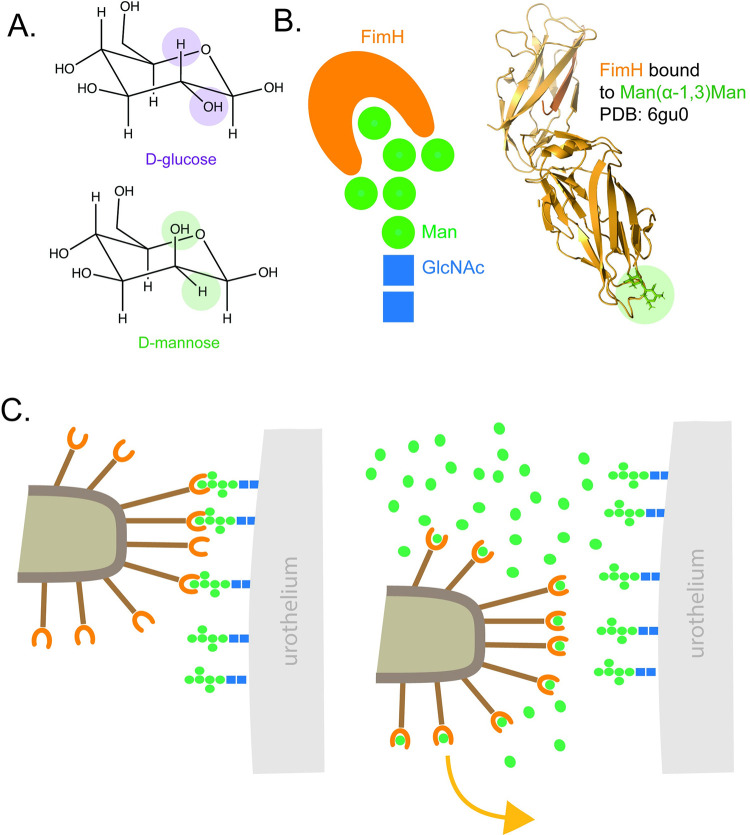Fig 1. E. coli binds to D-mannose using FimH.
(A) D-mannose is a monosaccharide that—unlike its structural relative, glucose—is poorly metabolized by humans and accumulates in urine. Structural differences between D-glucose and D-mannose are highlighted. (B) Not-to-scale schematic of FimH interacting with a mannose oligosaccharide similar to those present on human urothelium is shown on the left, and a structural model of the FimH protein bound to the high affinity receptor Man-α-1,3-Man is shown on the right for scale [17]. (C) E. coli uses the FimH adhesin on its type I fimbriae to bind to mannosides on the urothelium to establish infection. Excess free D-mannose (green circles) in the urine from dietary supplementation competes for FimH, preventing interaction of the bacteria with the urothelium and allow its elimination through urination.

